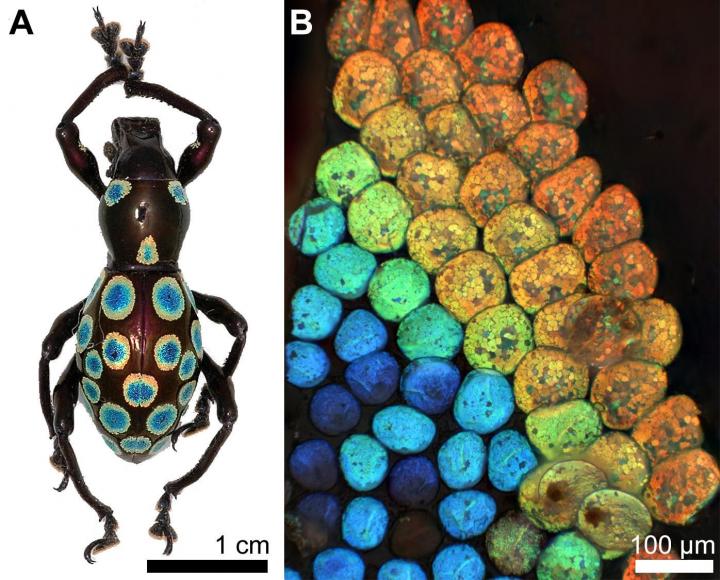I was expecting a news release mentioning some of the smaller scales at which scientists work, e.g., micro, nano, pico, femto, etc. That was not the case.
From a January 26, 2022 American Chemical Society (ACS) news release on EurekAlert,
The American Chemical Society (ACS) is producing a new, biweekly science podcast called Tiny Matters, which is available wherever you listen to podcasts. Head to ACS’ website or your favorite platform and subscribe.
The first episode drops today. Hosts Sam Jones, Ph.D., and Deboki Chakravarti, Ph.D., chat with experts about the ancient beasts that went extinct 65 million years ago, but whose remains still captivate us today — dinosaurs. Scientists around the world regularly discover new fossils, and that helps piece together the mystery of what dinosaurs and other extinct creatures were like. That information doesn’t just inspire movies like “Jurassic Park”; it also helps researchers predict Earth’s future and could even lead to more sustainable technology.
Tiny Matters is a science podcast about things small in size but big in impact. Every other Wednesday, the hosts will uncover little stuff that makes big stuff possible. Upcoming episodes will find them answering questions such as “How does our brain form memories?”, “Why haven’t we terraformed Mars yet?” and “Why isn’t there a vaccine for HIV?” Tune in!
The American Chemical Society (ACS) is a nonprofit organization chartered by the U.S. Congress. ACS’ mission is to advance the broader chemistry enterprise and its practitioners for the benefit of Earth and all its people. The Society is a global leader in promoting excellence in science education and providing access to chemistry-related information and research through its multiple research solutions, peer-reviewed journals, scientific conferences, eBooks and weekly news periodical Chemical & Engineering News. ACS journals are among the most cited, most trusted and most read within the scientific literature; however, ACS itself does not conduct chemical research. As a leader in scientific information solutions, its CAS division partners with global innovators to accelerate breakthroughs by curating, connecting and analyzing the world’s scientific knowledge. ACS’ main offices are in Washington, D.C., and Columbus, Ohio.
I was not expecting dinosaurs and fossils. So, I listened.
First, it’s not that easy to define what a fossil is. (I had no idea this was a problem.) And, the hosts interview a scientist who studies what happens to fossils at the molecular level, which in this case means DNA (deoxyribonucleic acid) and proteins. it;s a field known as molecular taphonomy.
I found the programme fascinating (scientists think dinosaurs were feathered; they mention evolutionary photonics and structural colour). This despite the fact I’m not very interested in dinosaurs or fossils. Bravo to the hosts for keeping it interesting and light while providing lots of technical information.
(I imagine that the excessive perkiness and multiple declarations that something or other is cool are a consequence of nerves when recording the first episode in a brand new podcast series.)
Getting back to the strengths, the hosts (Jones and Chakravarti) have taken some very technical material and found a way to describe it without patronizing the listener or making it impossible to understand.
For people who prefer to read, there’s a transcript of the first episode here. The scientists interviewed in the “Dinosaur Fossils: Inspiring Jurassic Park and helping us predict Earth’s future” episode were Caitlin Colleary, a paleontologist at the Cleveland Museum of Natural History (Ohio), Emma Dunne, a paleobiologist at University of Birmingham (England), and Vinod Saranathan, a physicist and evolutionary biologist at Yale-NUS [National University of Singapore] College in Singapore.
